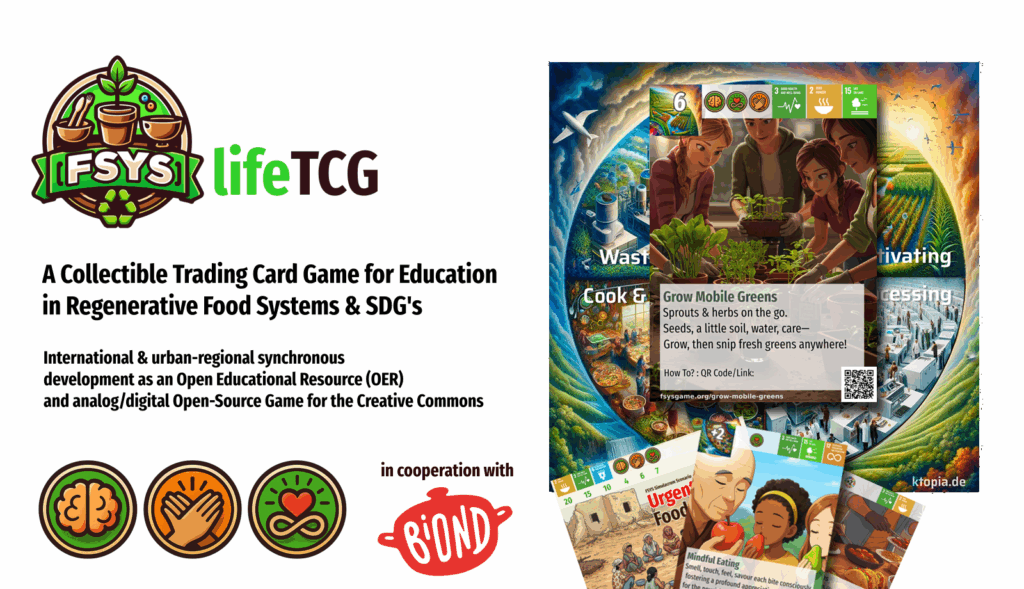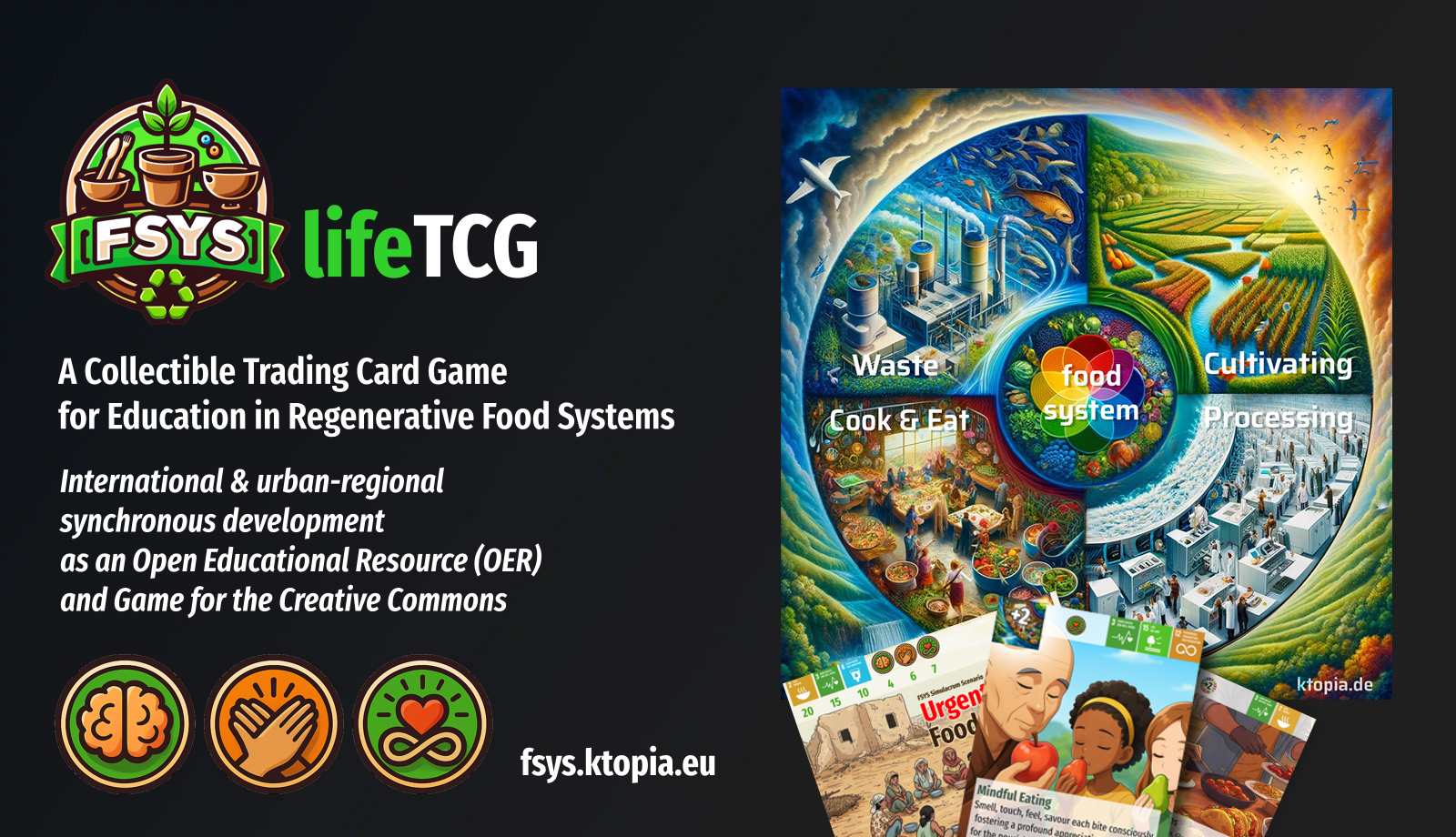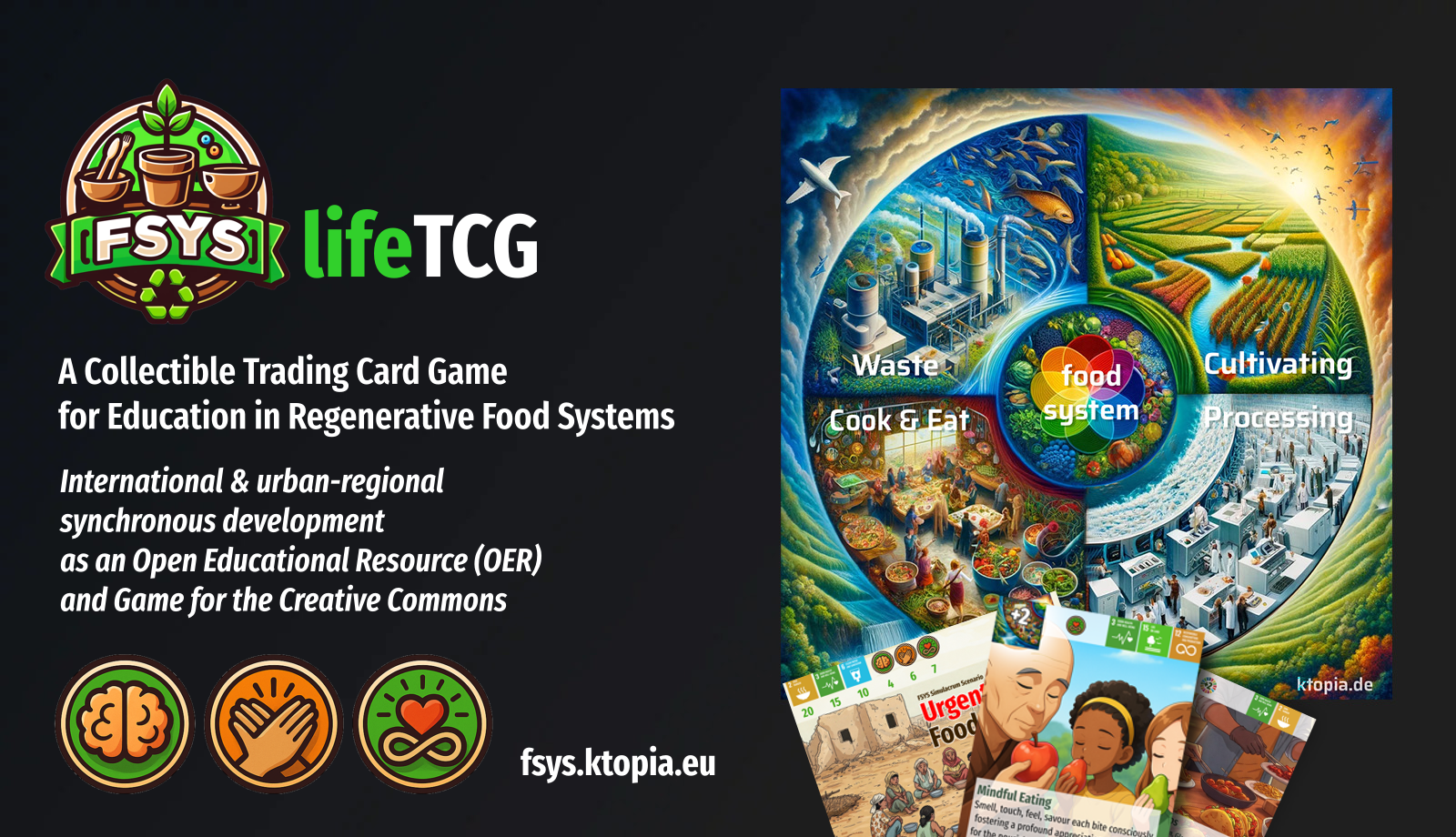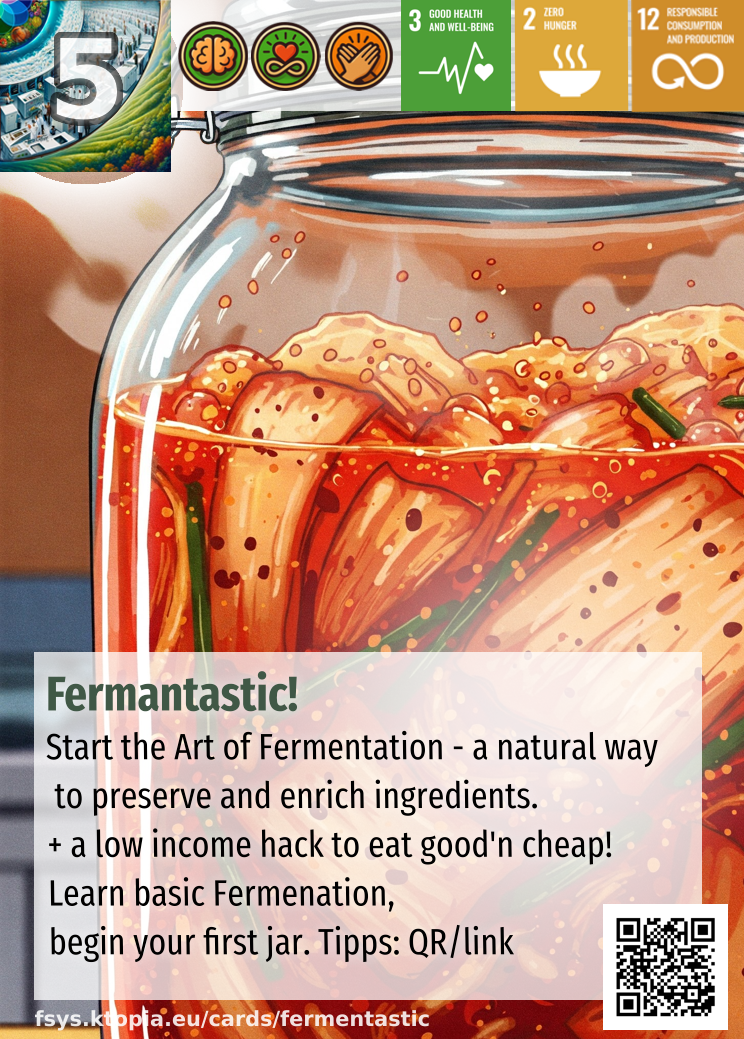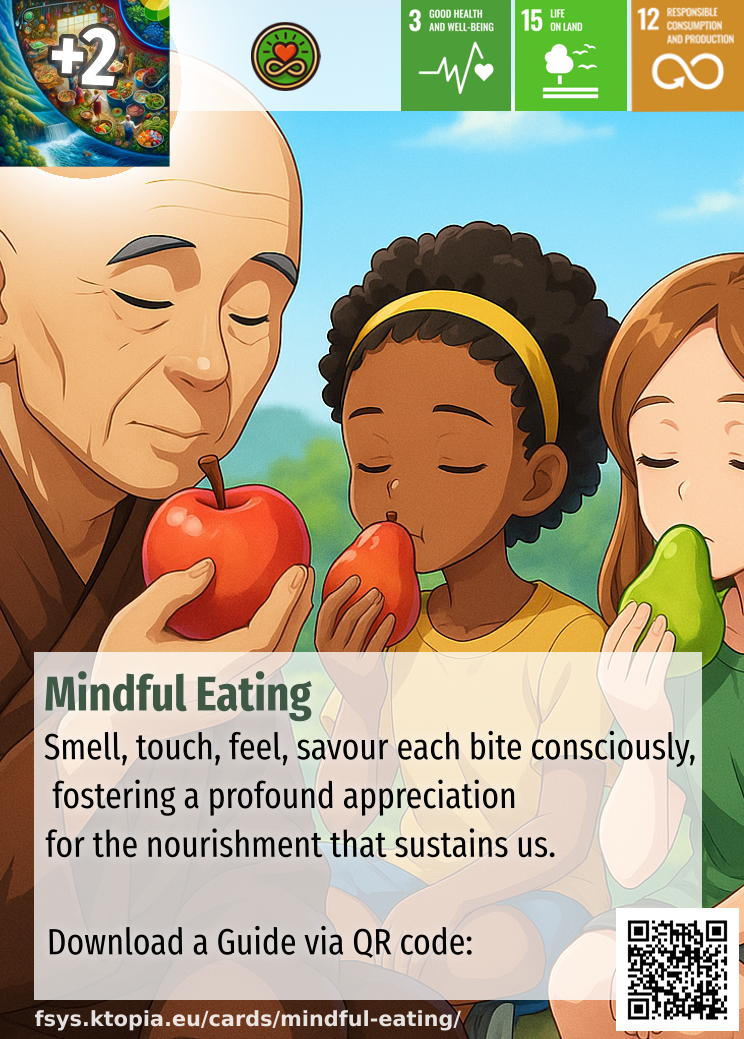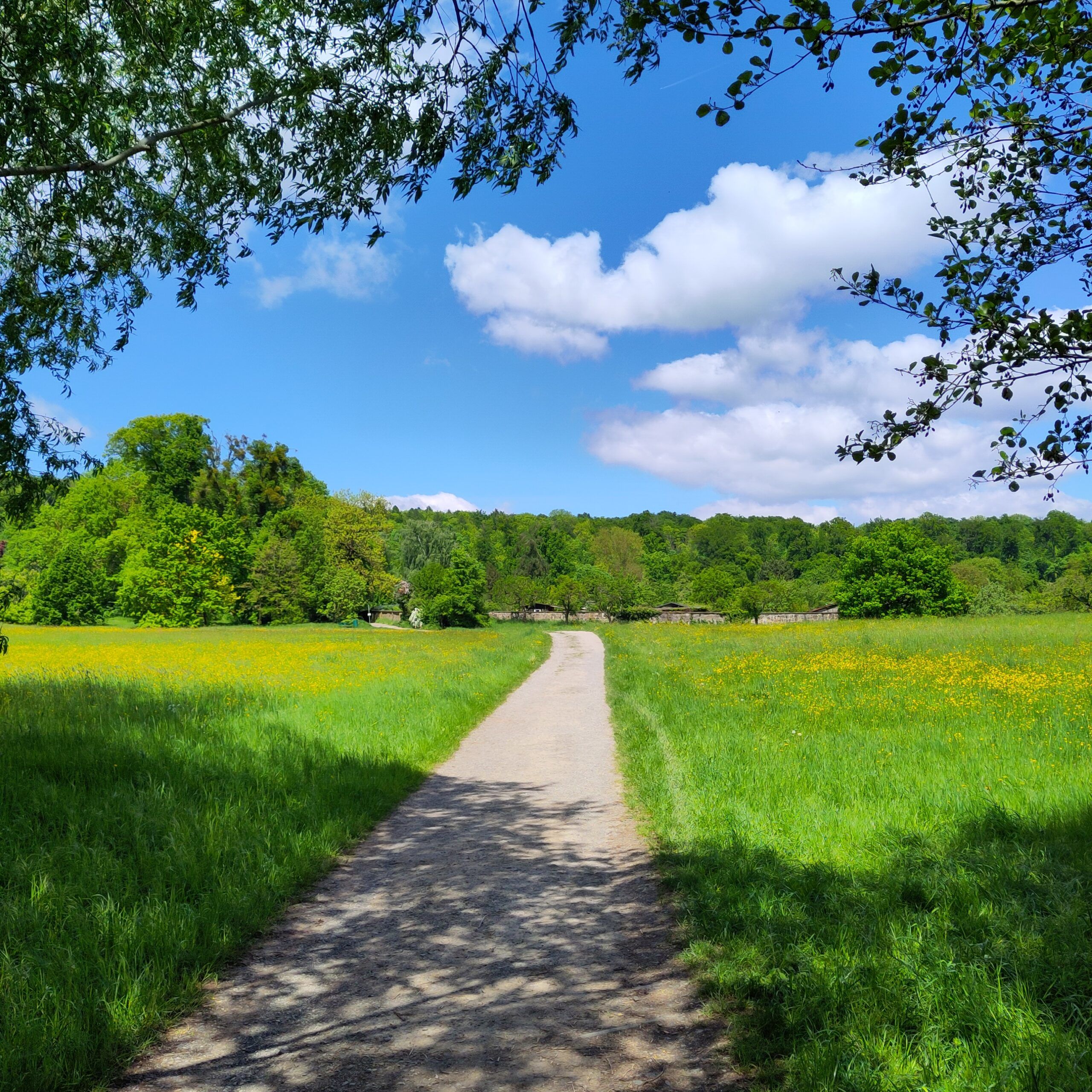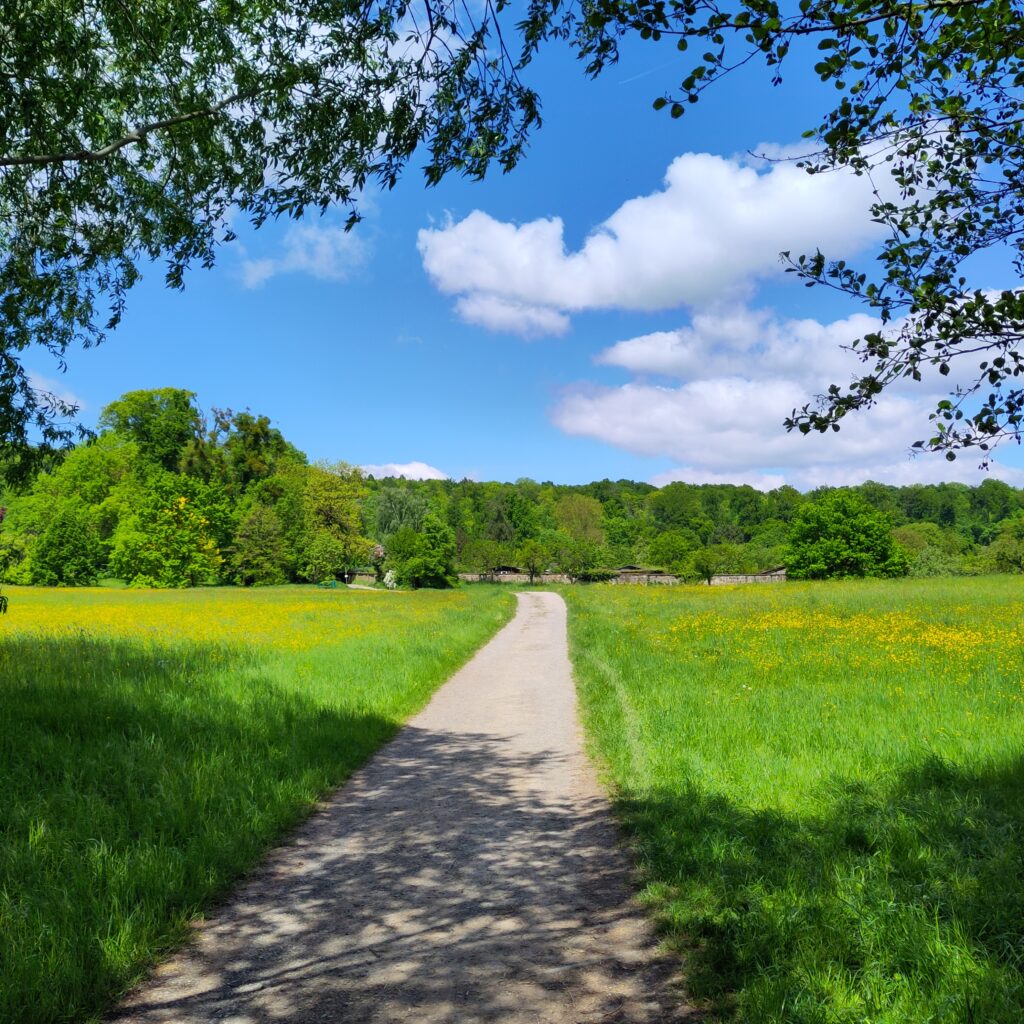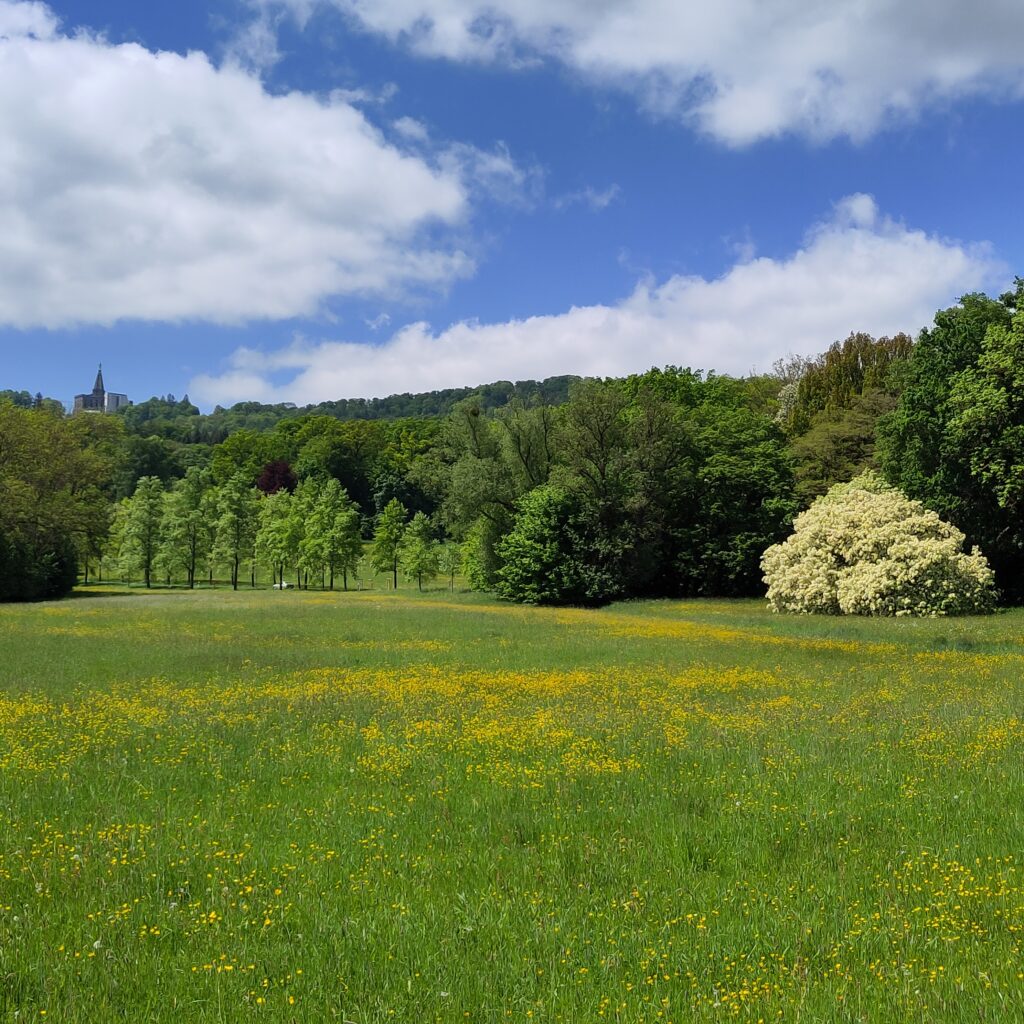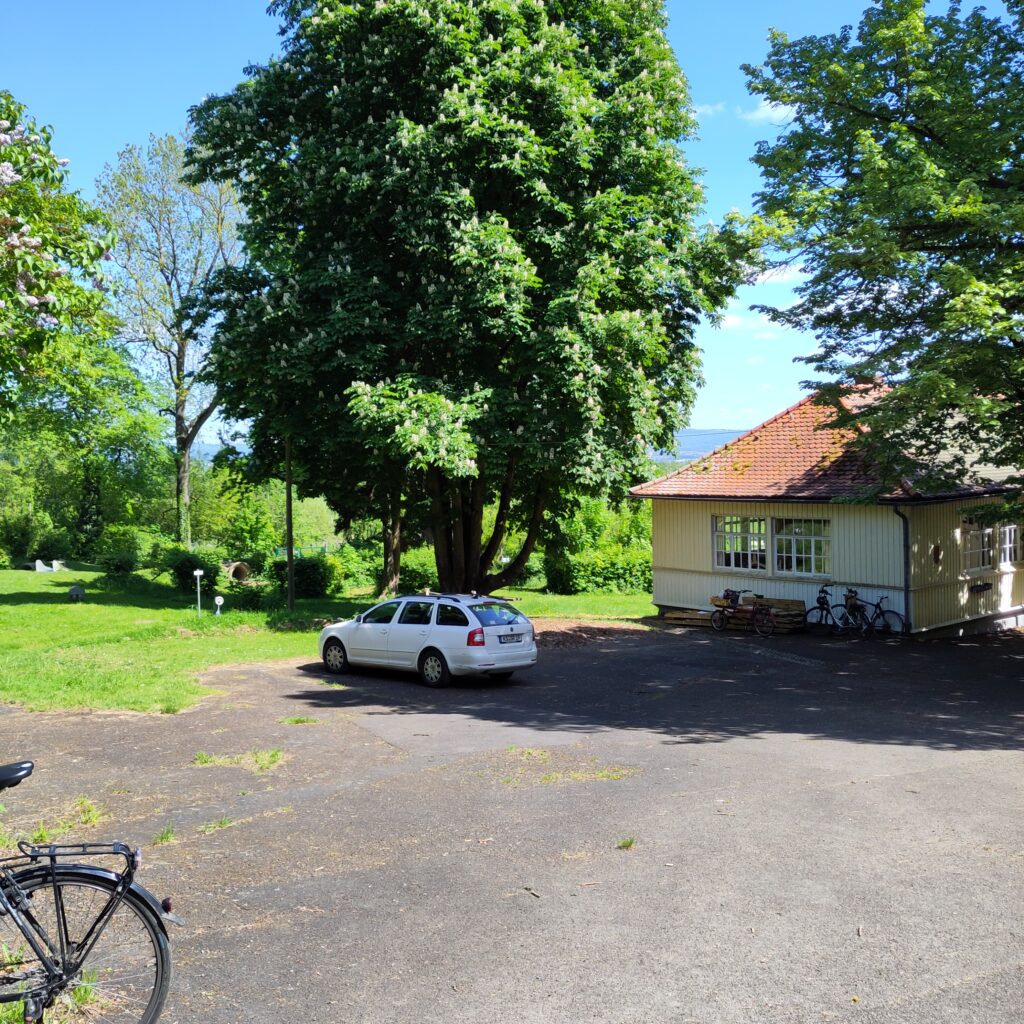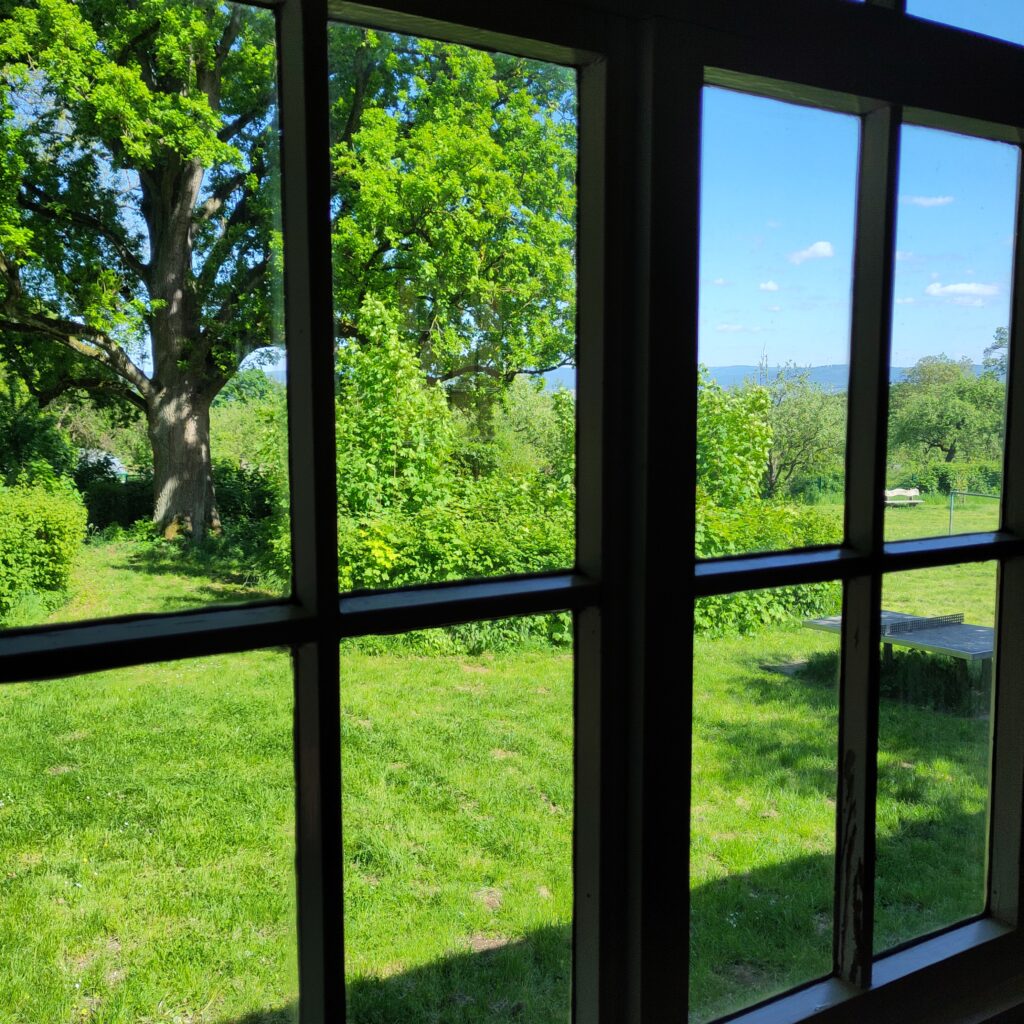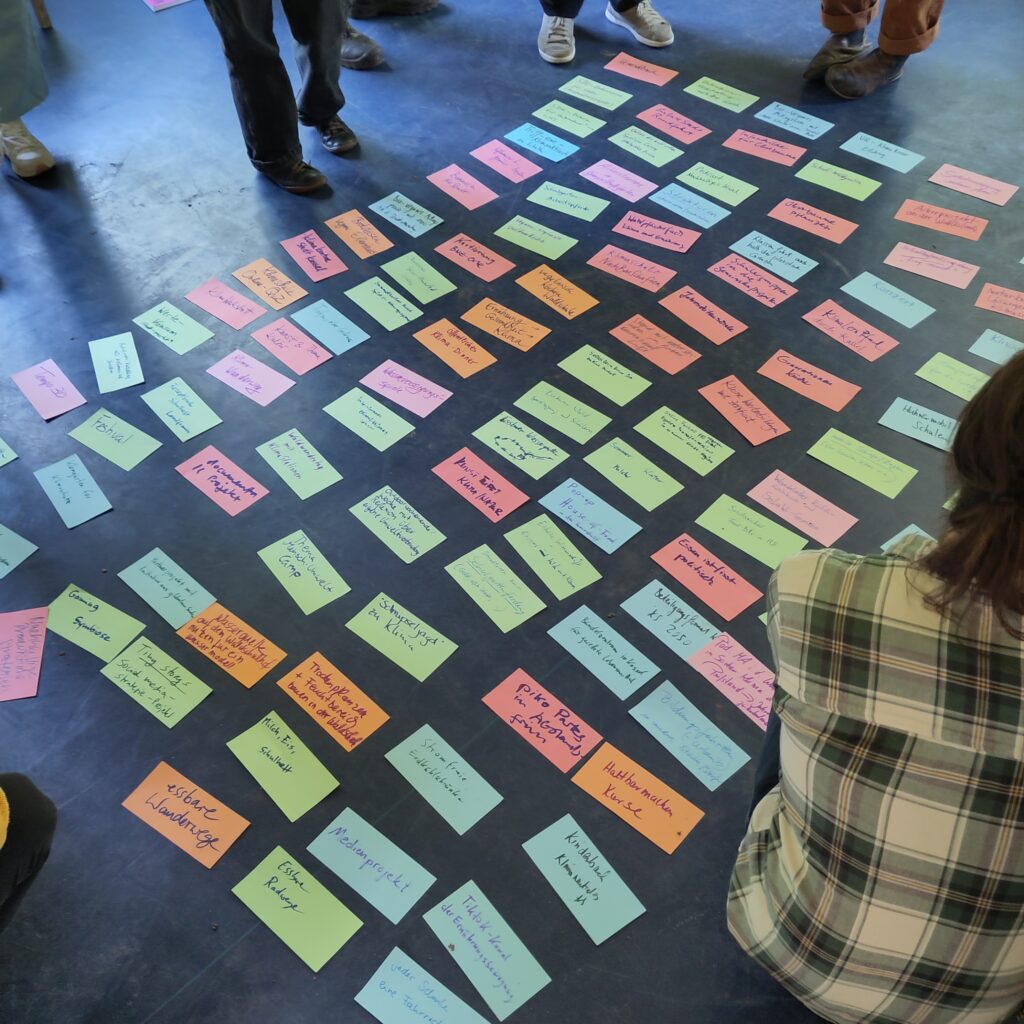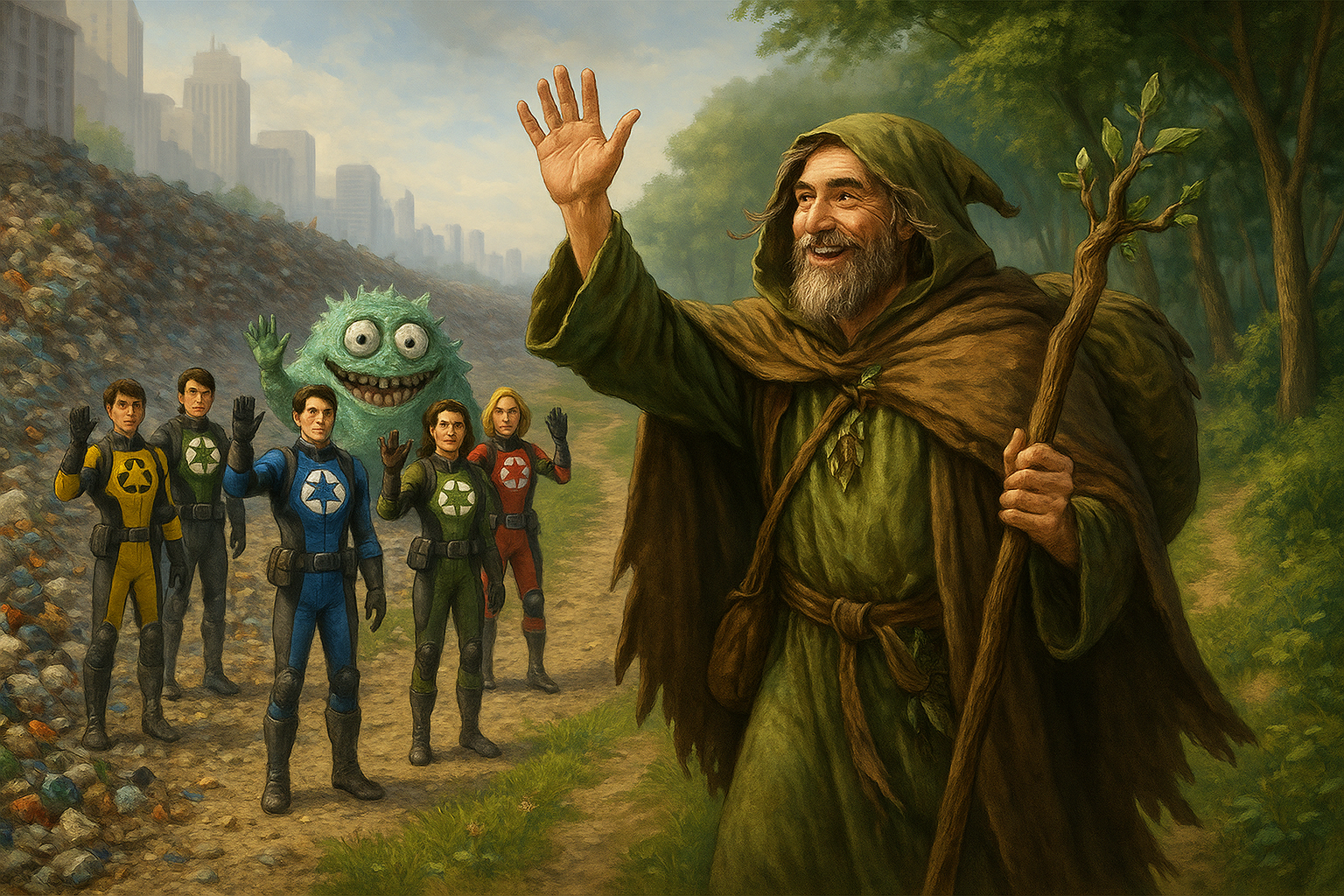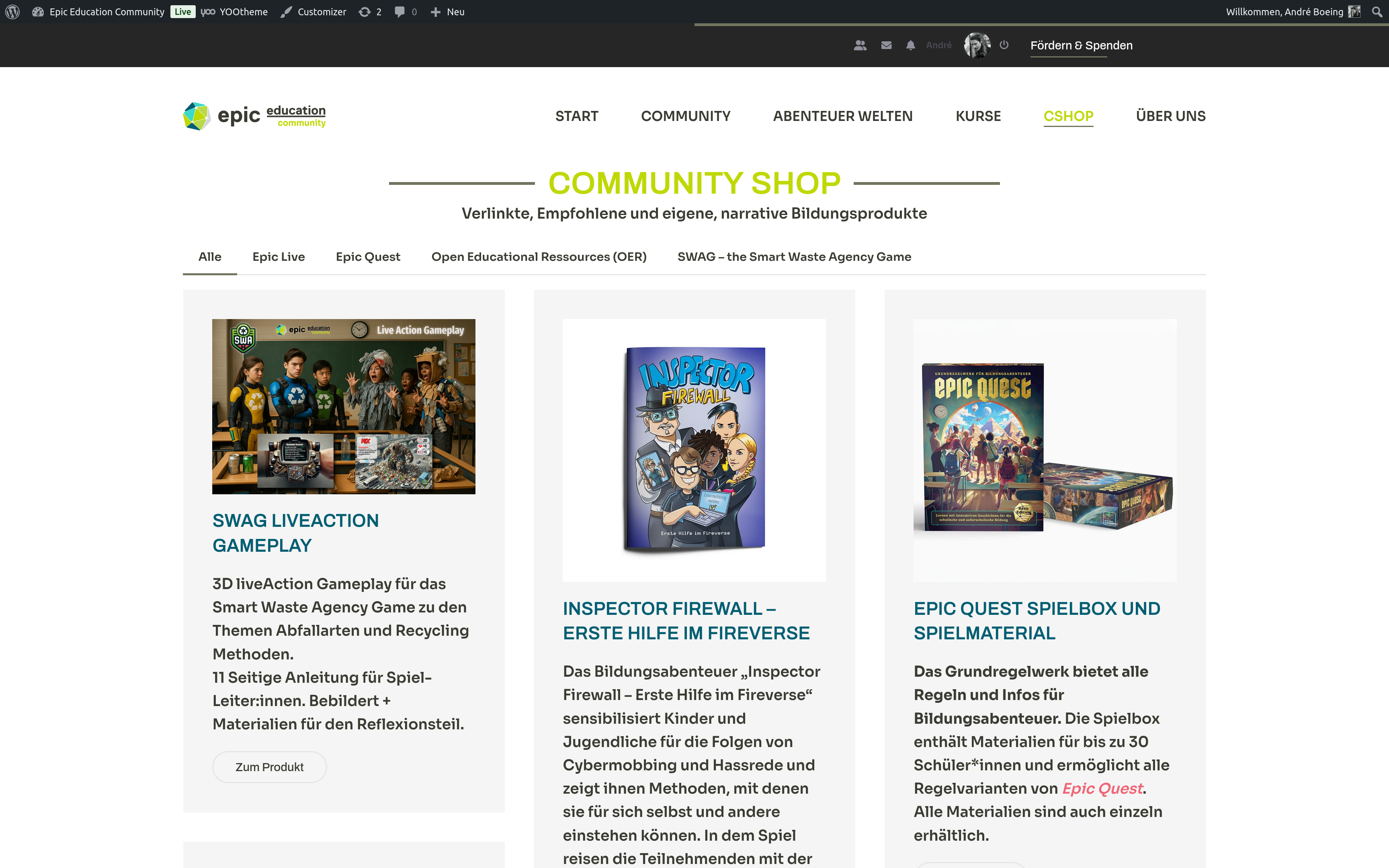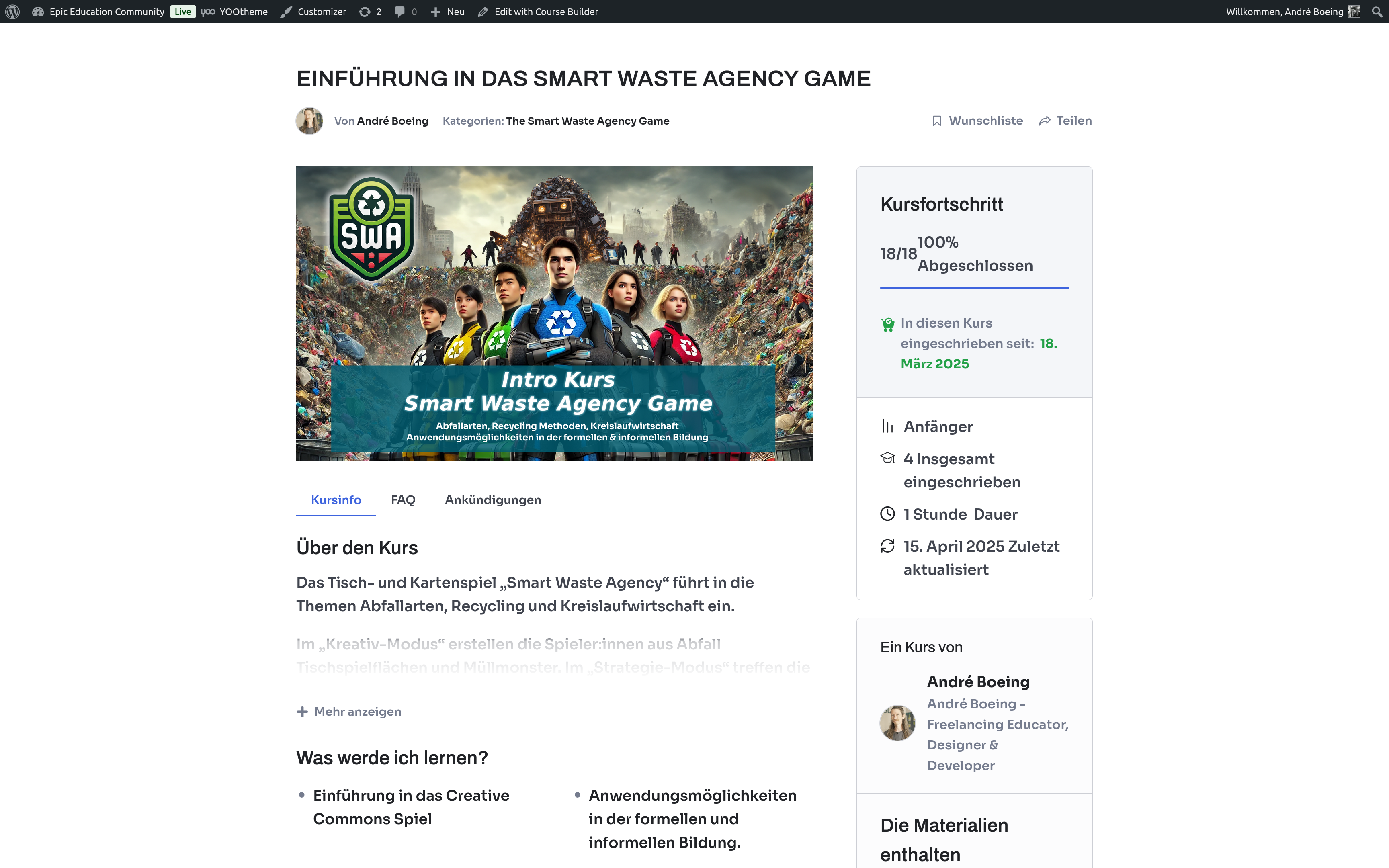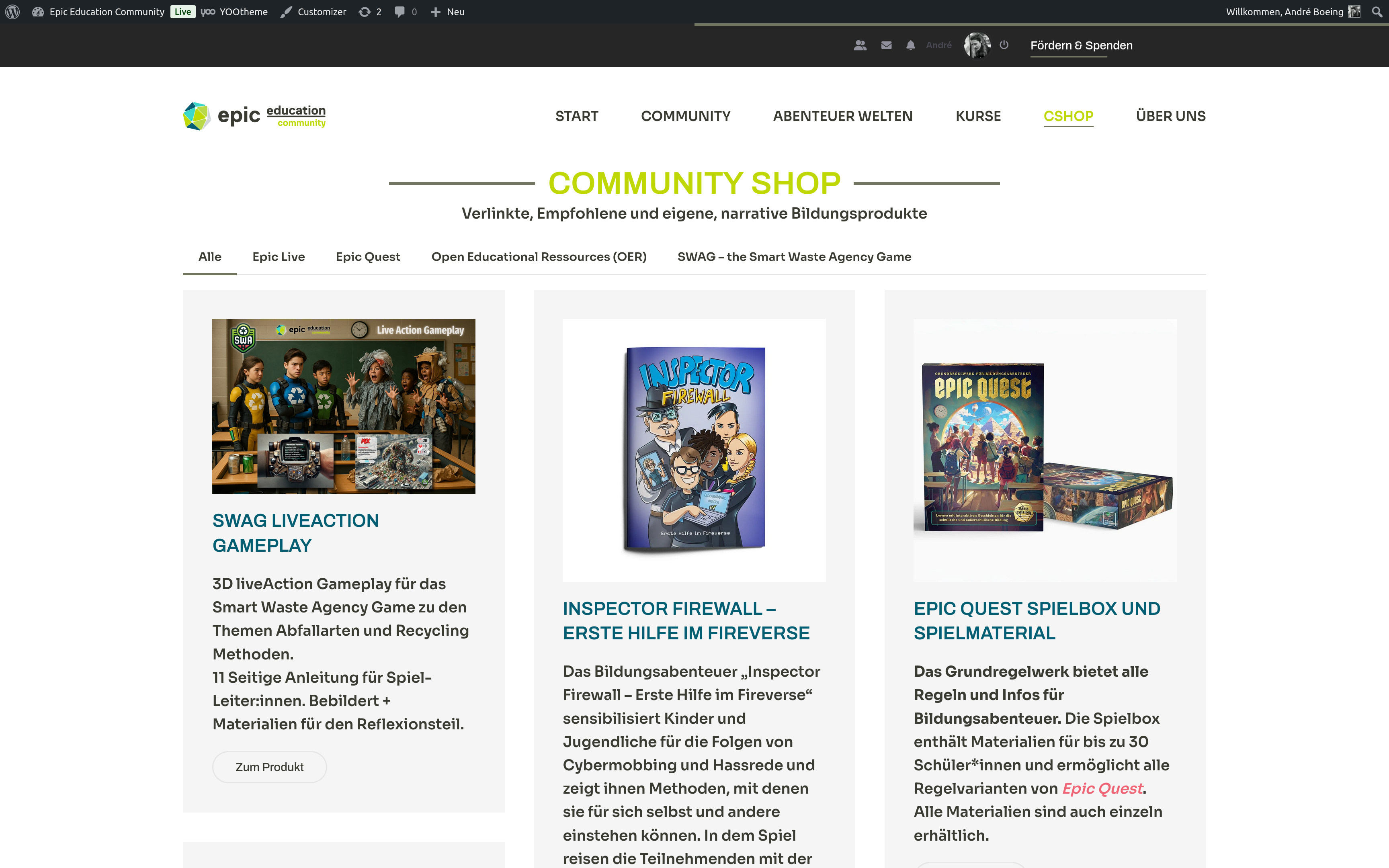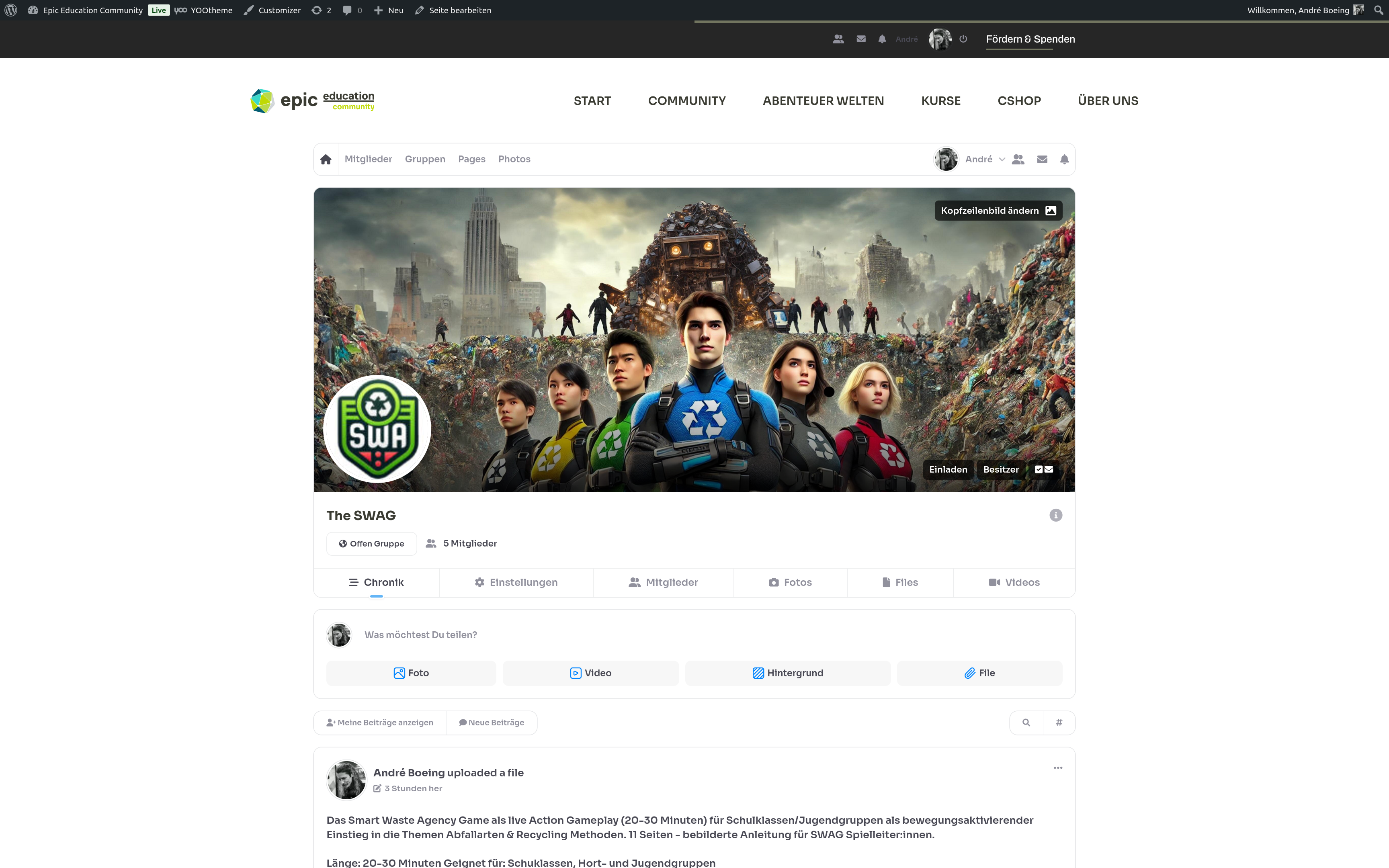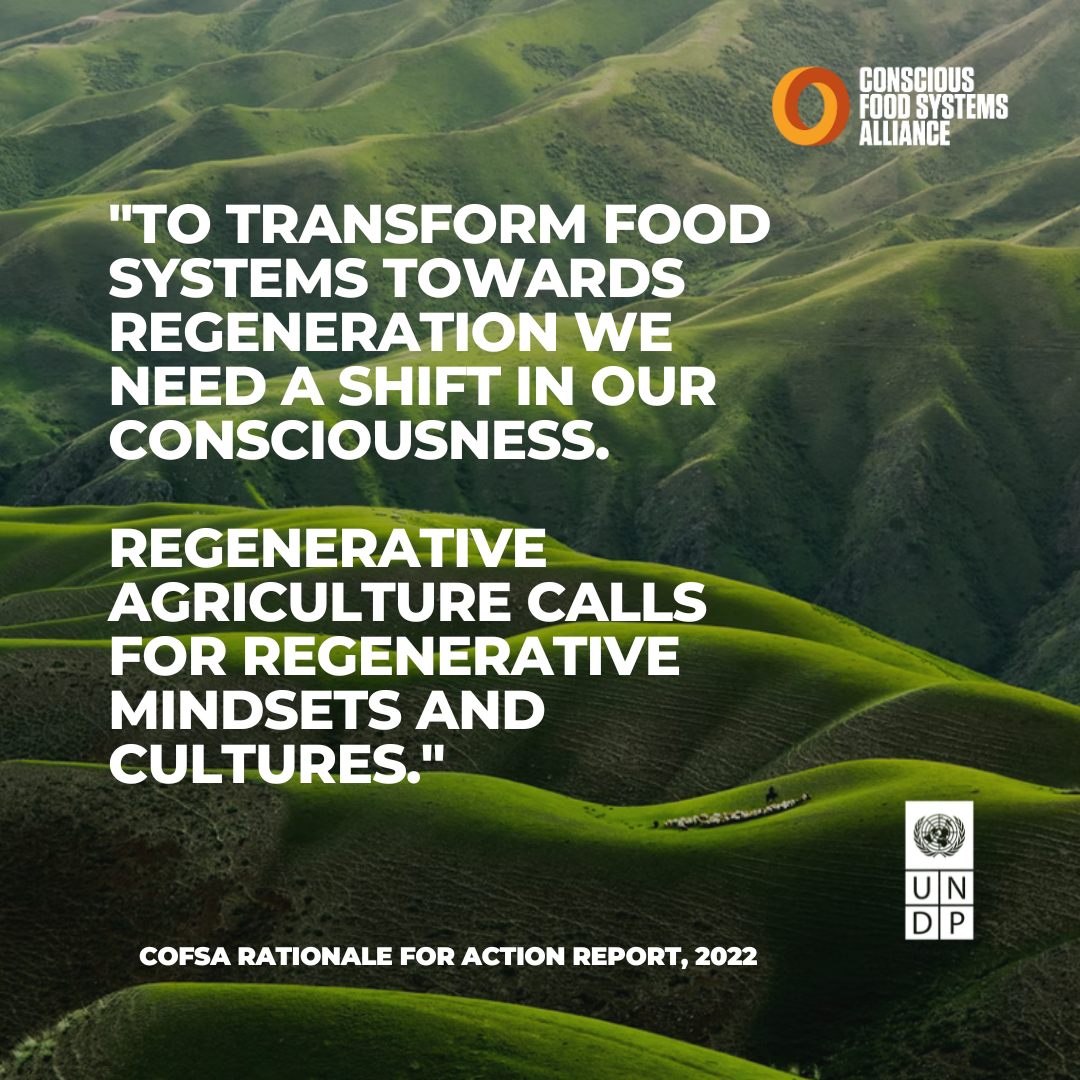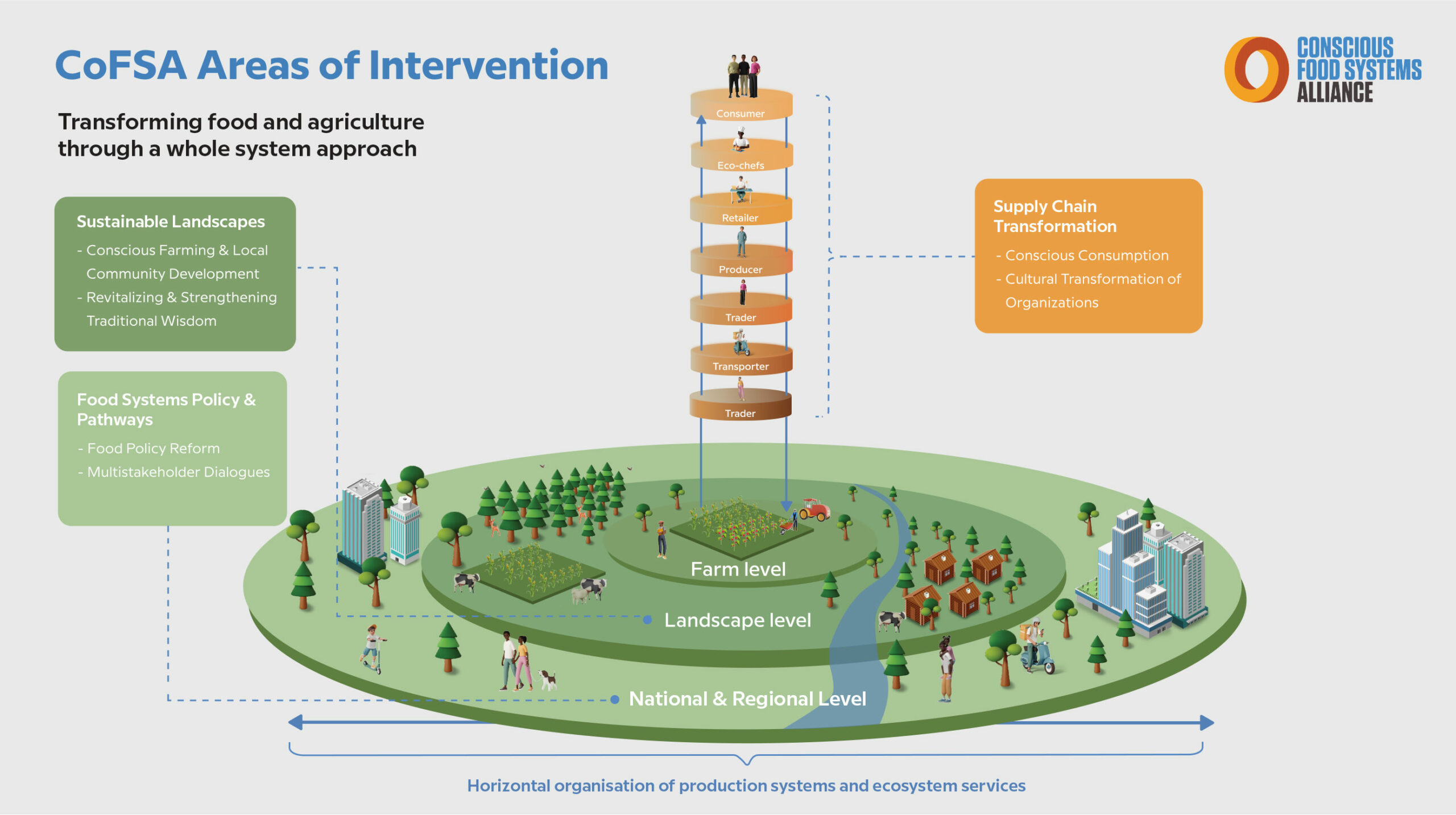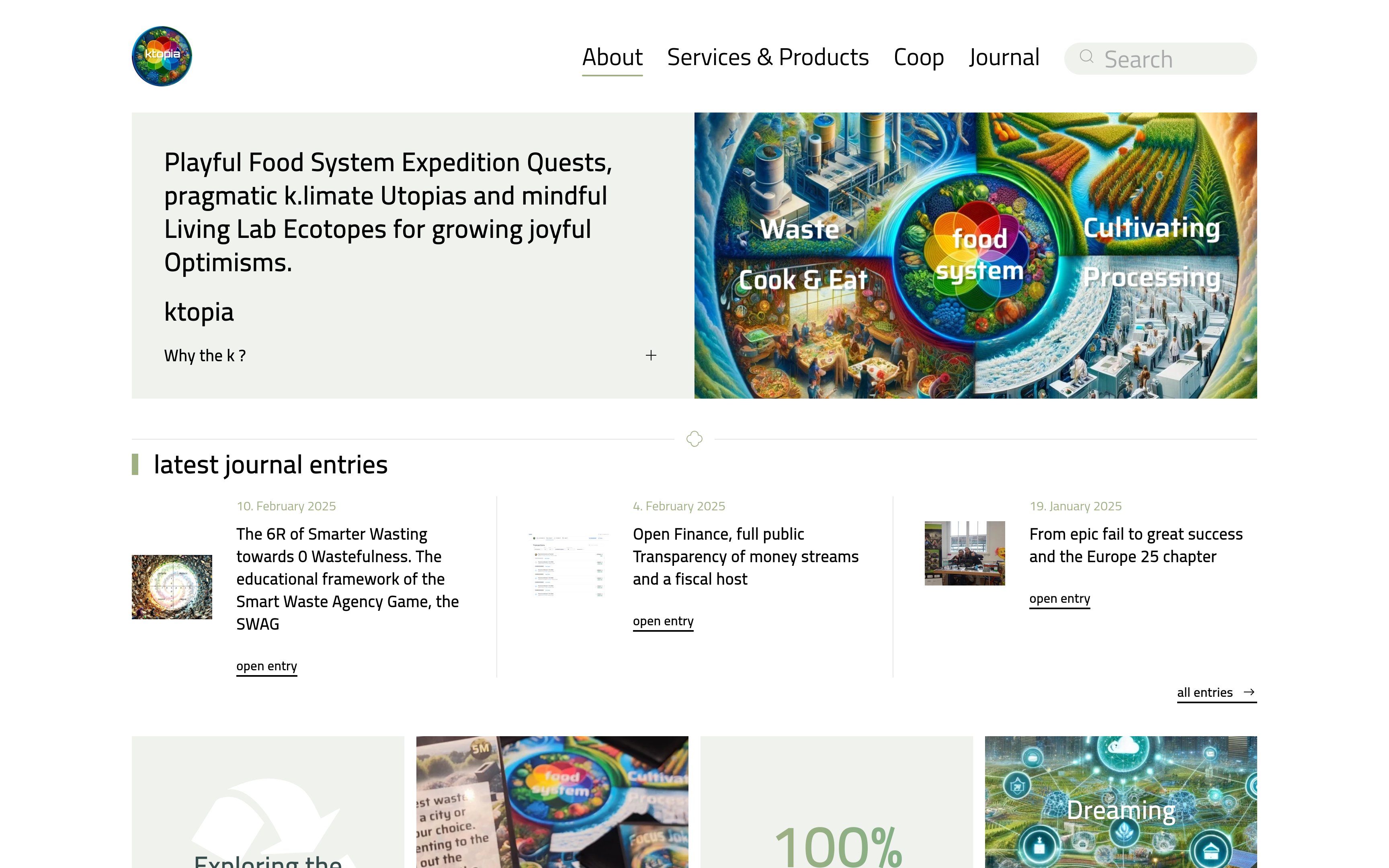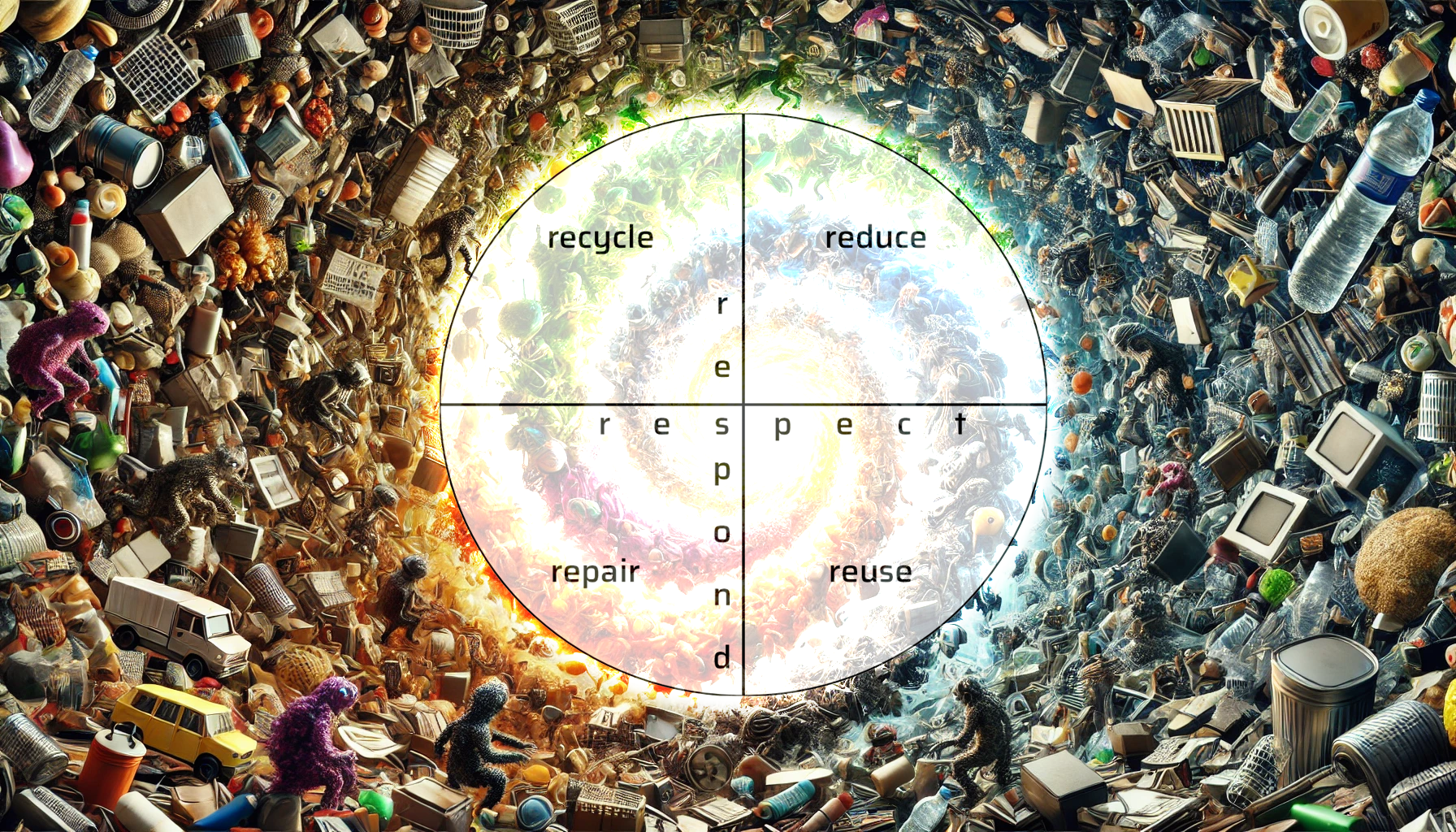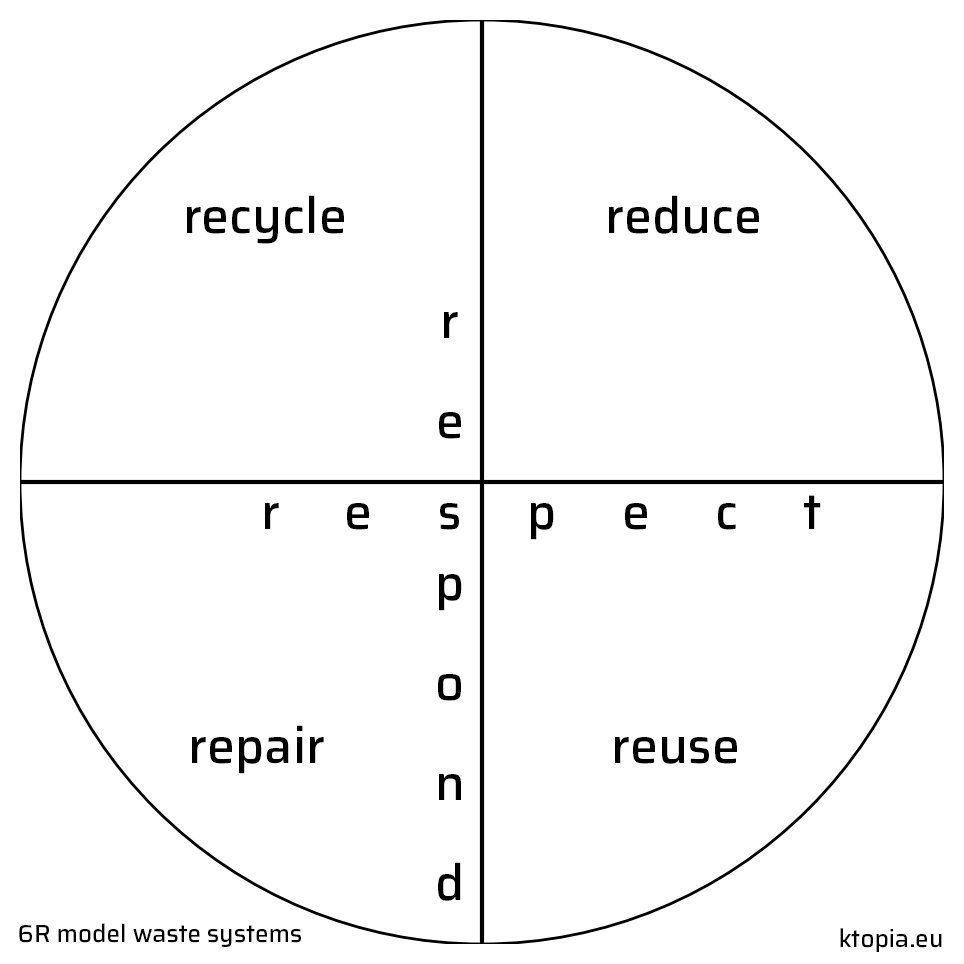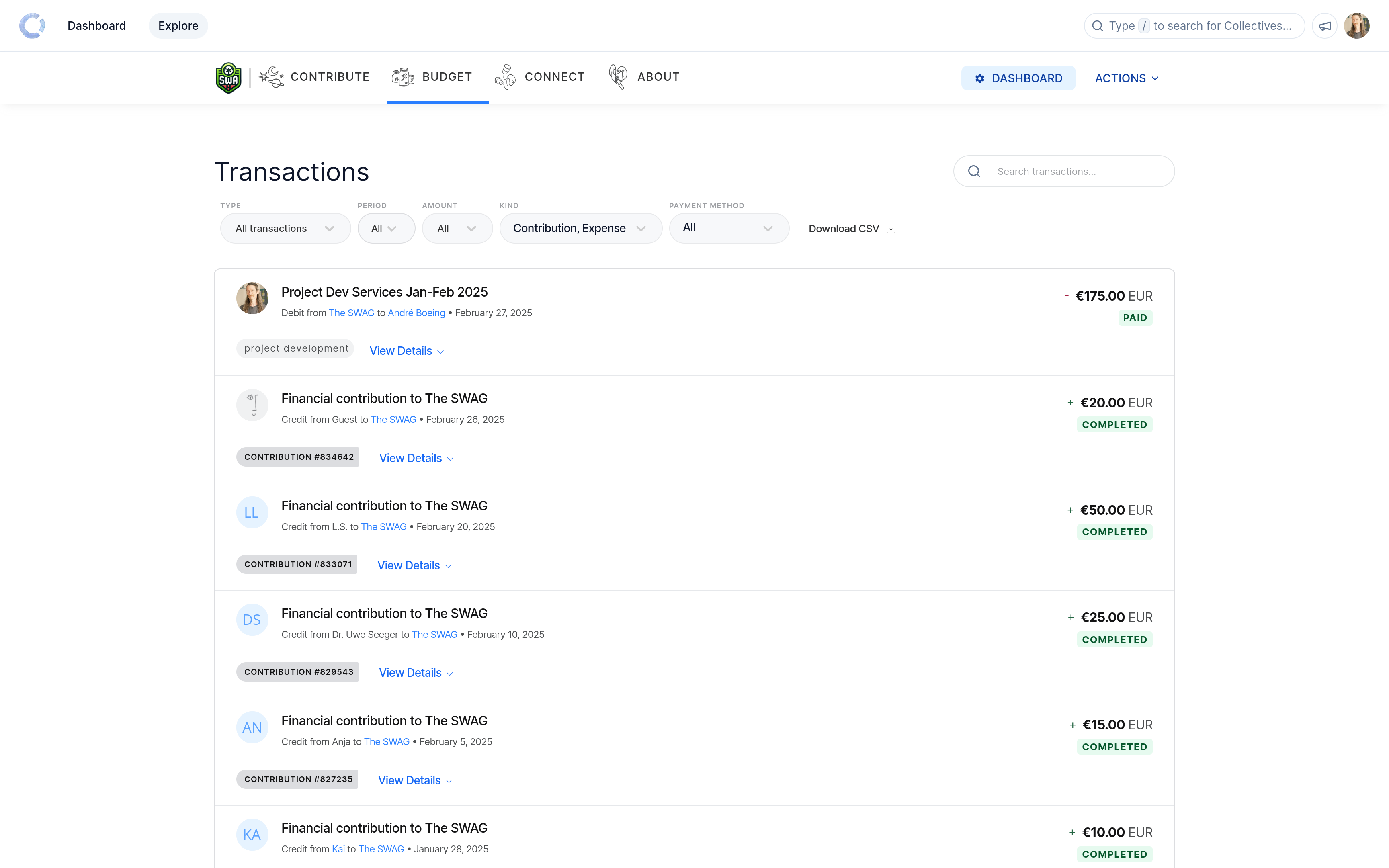Deepening Coop with Nigeria, Card Crafting Services for food system professionals, Agile Response-Ability – June 2025 Dev Updates
Nigeria and the fsys Africa–Europe partnership deepens
The collaboration deepend in the many meetings with my dear Conscious Food System Alliance fellow Ibrahim Gadzama in Jos, Plateau State, Nigeria and me, located in the Kassel Region of Germany. Ibrahim brings the wisdom, knowledge, experience and passion of farmers to the circle. He carries a deep vision for a new Generation of regenerative Farmers, where farming is being highly and deeply valued, where farming is seen as a diverse path of work callings – where farmers are paid fair, well and feel supported in implementing deep, sustainable practices with head, heart and hands. Where Farmers are highly skilled and Cool! and not associated with “the most poor” in an industry of exploitation.
I am very happy, Ibrahim joined the re:gen fsys development with his passion.
Agile Response-Ability
Agile, organic development also means, to walk responsively through the wild Innovation landscape, which naturally doesn´t know of any roadmaps.
As we saw an interesting, yet challenging mountain peak as a June Goal to reach, we set course back in May and walked into the Month of the rising Summer. A couple days before the epic June Goal was due, some wonderful sidepath to explore showed up and took us into another direction as the “fixed to the mountain” one.
A bee farmer from Nigeria and a farm horse farmer from Germany wanted to see their passion topics as a Quest card in the regenerative food system game.
“Players of the card game should learn about bees,” he said, “— how important they are in our regenerative systems.” “They should be able to learn about a horsehuman relationship,” she said, “a work and life relationship that treats soil with care and nurtures both of us anima(l)s.” The wish of the farmers inspired and created the new fsys game cards. More organizations and professionals within food systems voiced their interest, to have game cards for their fields of profession, too.
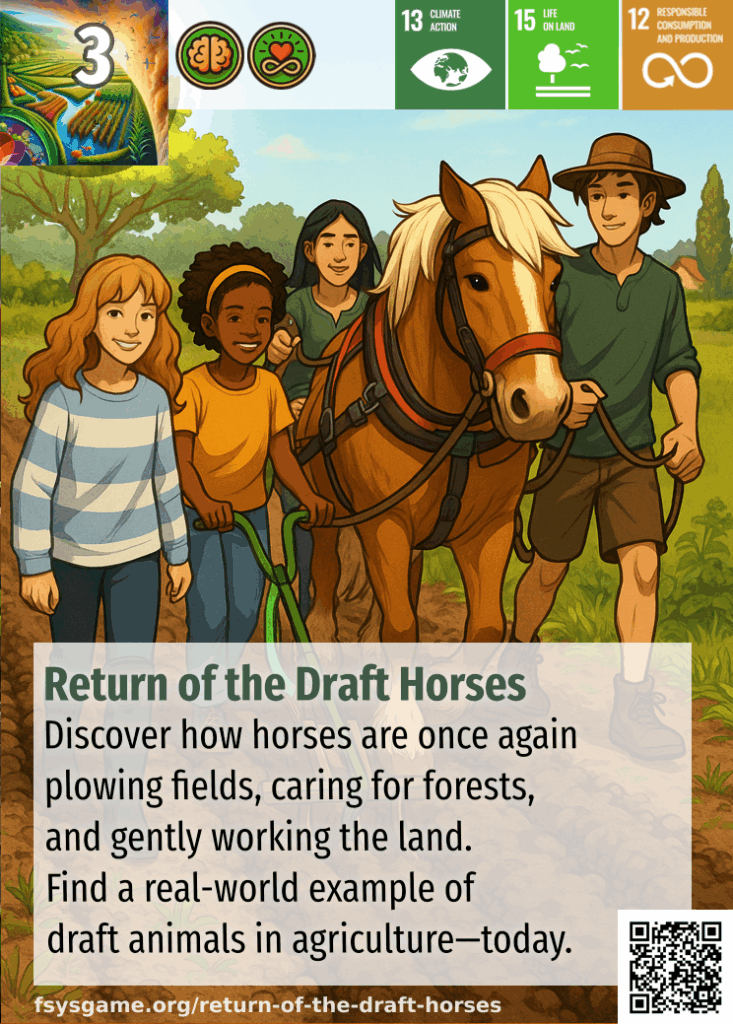
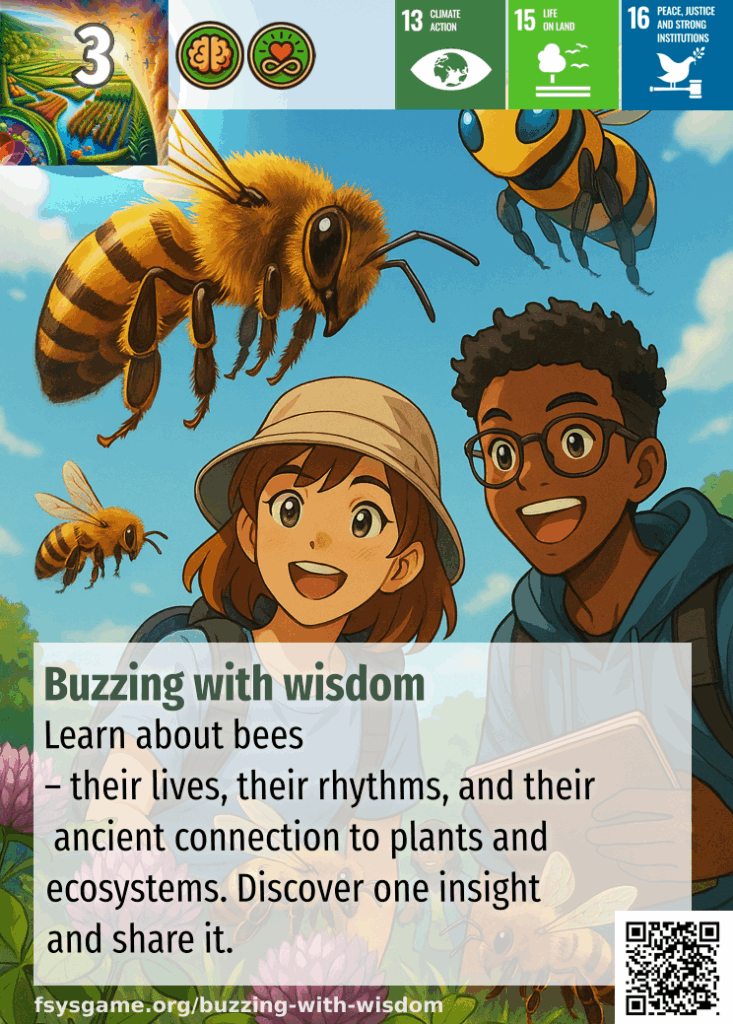
I have stopped using “target groups” in my project developments a decade ago. I rather speak of “resonance groups.” Just do your authentic, passionate deep thing (as individuals and organizations), and the group with resonance will show up! — no overblown strategy mindFullness to influence “target groups” needed. When narrow fixed to a target, one might also oversee the path next to the plotted road – a “sidepath” that might be truly helpful, if explored and can enrich the original intention. When fixated to one group, one can also oversee the group in need right in front of us.
While we thought we were creating cards for young students in this June development sprint for a first testrun in schools before summer holidays, the mid June agile development state showed, that farmers, educators, and people with special food system knowledge want to see their passion topics as a card in the game.
Agile as we are, running in an innovation wilderness of no-roadmaps towards certain targets at the near horizon… until a different valley shows up and we responsively change direction and take another path, naturally getting to the first one — enriched by the change of direction.
This adjusted, current development path now serves people with regenerative food system knowledge through analog game card design – and their digital web companion pages. Our task is now to optimize this service and design cards for the “Know people.” The cards will then have more vital substance for the players of various ages taking a first Play-test during or after Summer holidays.
The new card design and pages can be seen here:
https://www.fsysgame.org/chapter-1-the-card-crafters/
